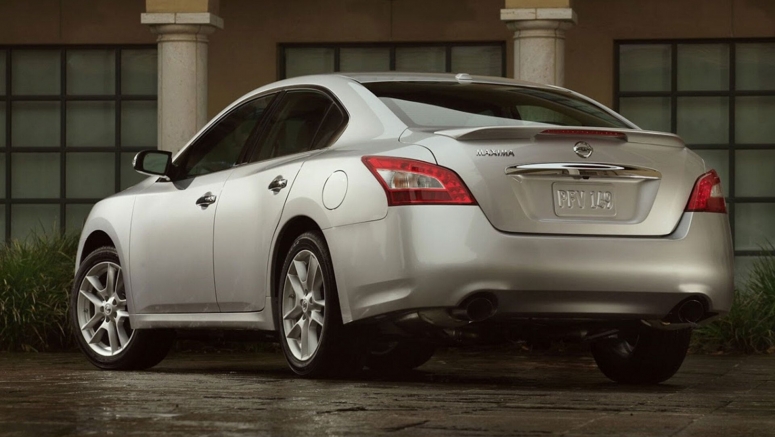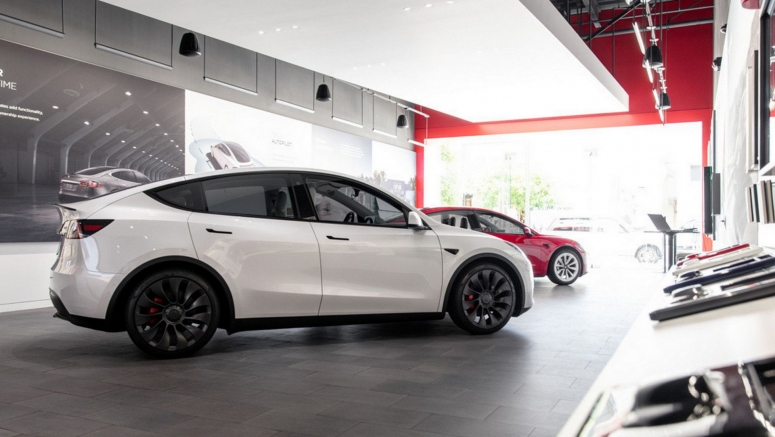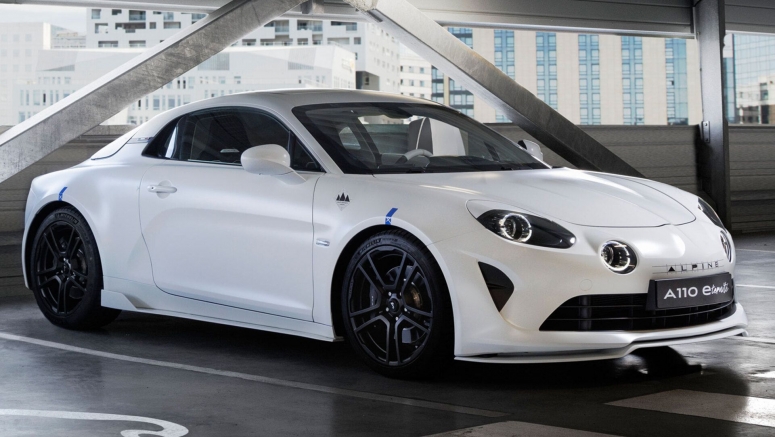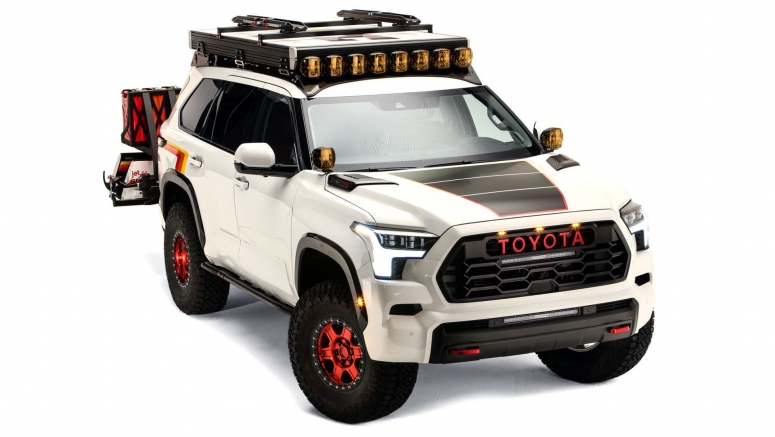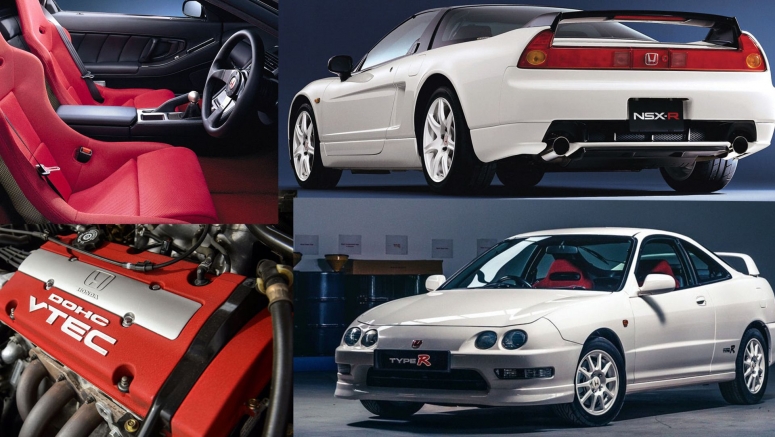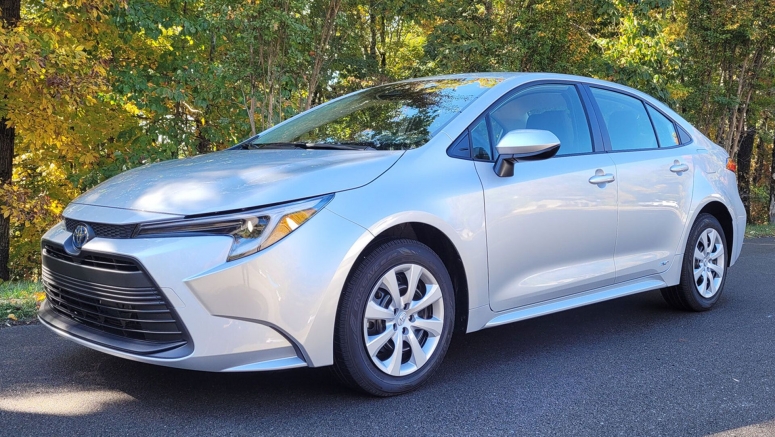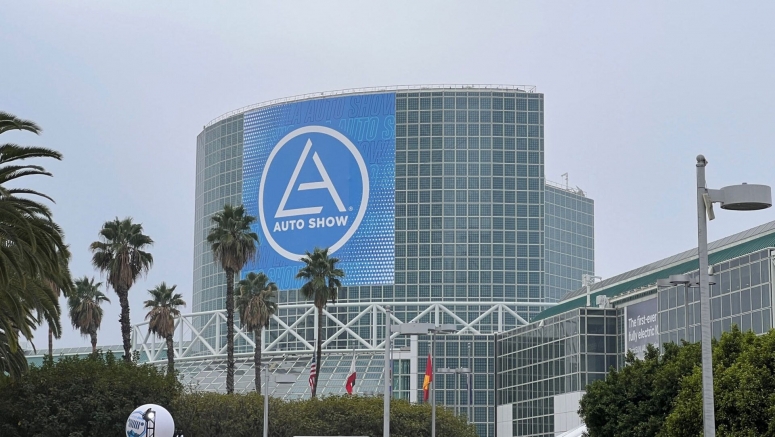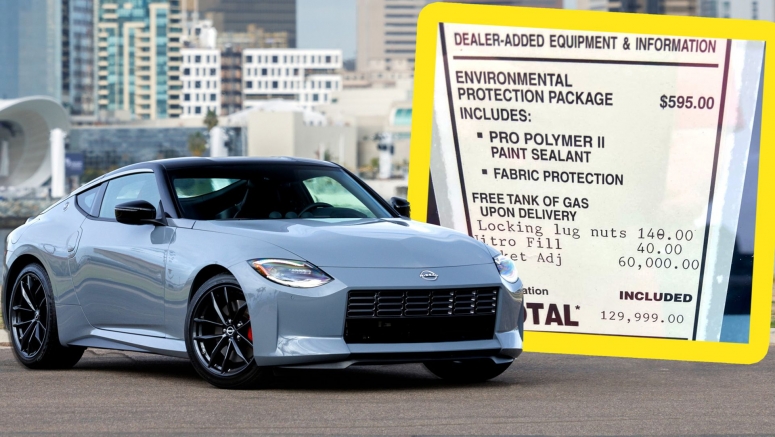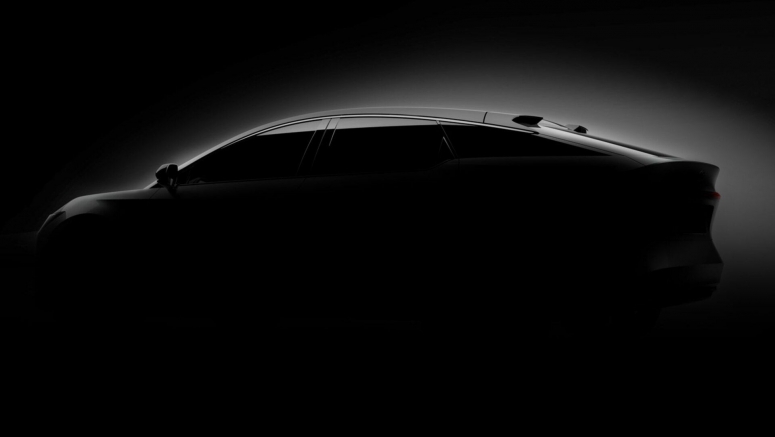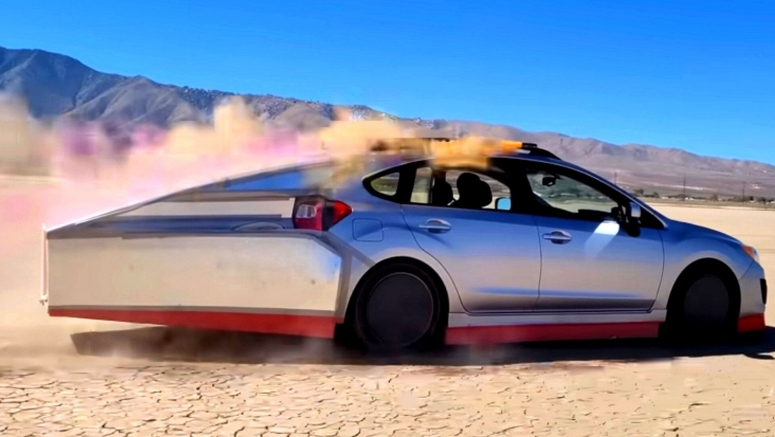2023 Lexus Rx Gains Sportier Looks And Chassis Tuning Thanks To Trd
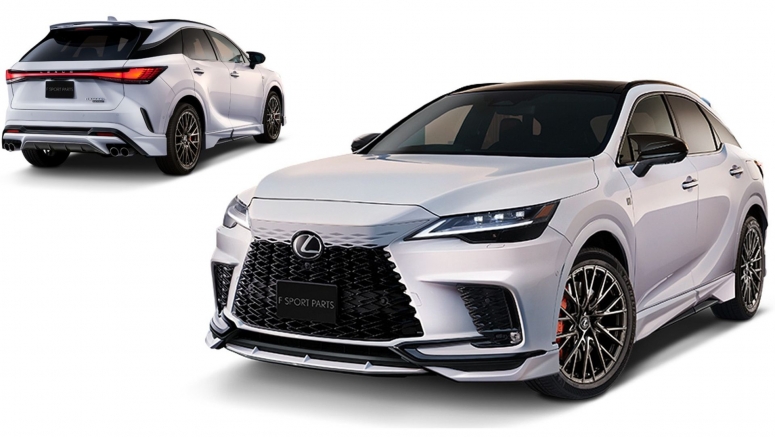
The new Lexus RX might be offered in an F Sport Performance trim right from the factory, but there is always room for improvement. For owners who want something more in terms of visual sportiness, TRD is offering a range of F Sport parts for the SUV that are already available through Lexus dealerships in Japan – sorry folks, they’re not offered over here.
